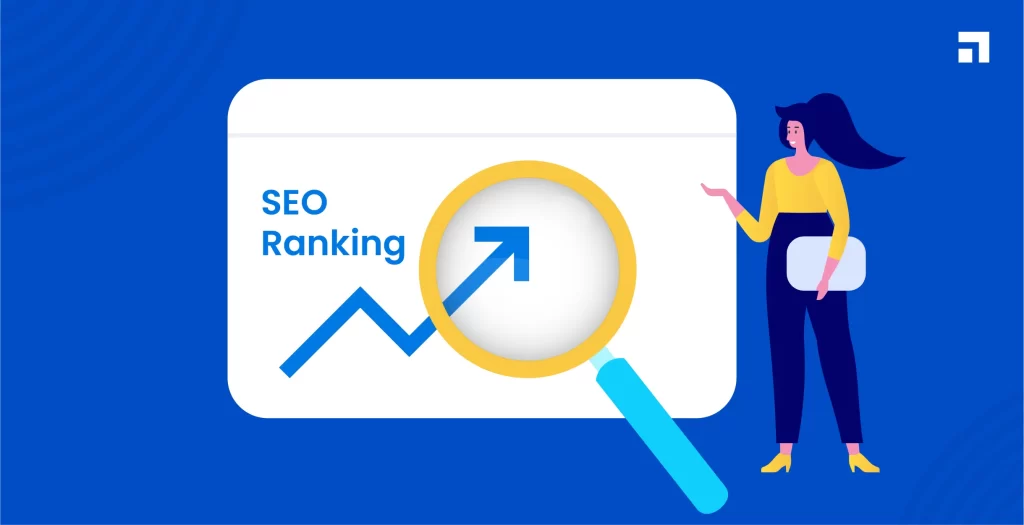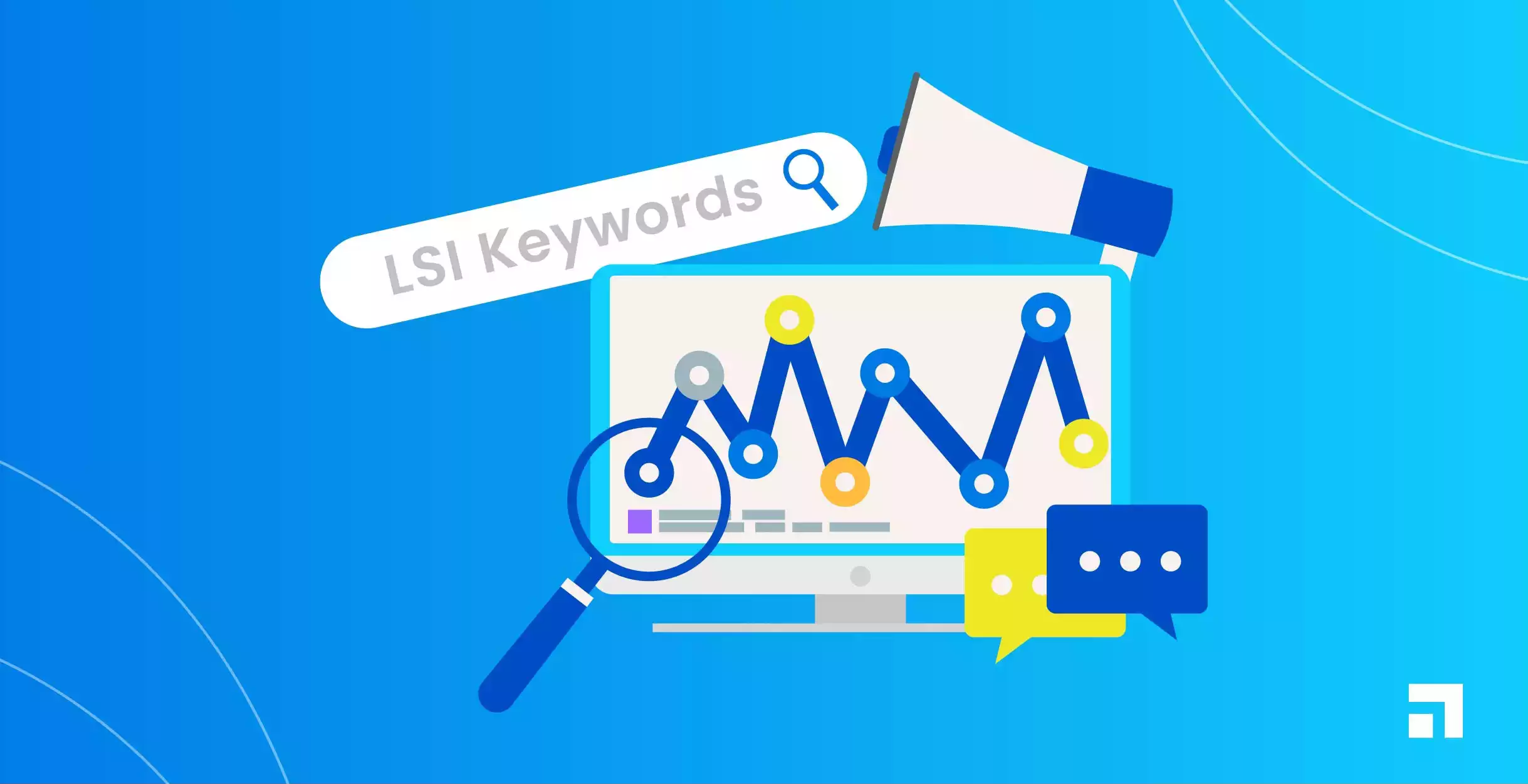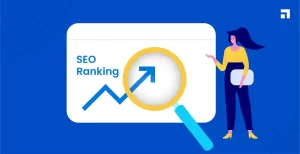
Want to boost your SEO game without wasting hours? Learn how efficient link collection can simplify your strategy and maximize your online visibility.
Introduction:
In the ever-evolving world of SEO, having a strong backlink profile is one of the most critical factors for success. But gathering high-quality links isn’t always as straightforward as it seems. Between identifying valuable URLs, analyzing competitor link structures, and ensuring relevance, the process can quickly become overwhelming.
However, link collection doesn’t have to be tedious with the right tools and techniques. By streamlining this process, you not only save time but also enhance the effectiveness of your SEO strategy. In this blog post, we’ll explore the importance of efficient link collection, how it can transform your SEO efforts, and actionable steps to get started.
Why Link Collection Matters in SEO
The Backbone of SEO Success
Links are the currency of the internet. Search engines like Google use links to crawl the web, discover new pages, and rank content. The more quality links pointing to your website, the higher your chances of ranking well in search engine results.
Quality Over Quantity
While collecting links is essential, not all links are created equal. A single high-authority backlink can be more valuable than dozens of low-quality ones. Efficient link collection focuses on identifying and acquiring links that matter—those that boost your domain authority and drive relevant traffic.
Tools and Techniques for Efficient Link Collection
Using an URL Finder for Precision
One of the simplest ways to collect links efficiently is by leveraging an URL finder tool. These tools help you locate relevant links on specific websites or across the web, making it easier to gather potential backlinks without manual searching.
Pro Tip: Use URL finders to scan competitor websites and identify their backlink sources. This gives you insight into where your competitors are getting their SEO juice from and helps you target similar opportunities.
Automating the Process
Manual link collection is time-consuming and prone to errors. Automation tools can crawl websites, extract URLs, and even categorize them based on relevance and authority. This not only speeds up the process but ensures accuracy in your data.
- Popular Tools to Consider:
- Screaming Frog SEO Spider
- Ahrefs
- SEMrush
- Moz Link Explorer
Key Factors to Consider When Collecting Links

1. Domain Authority and Trustworthiness
Focus on websites with high domain authority (DA). Links from trusted, authoritative sites carry more weight in search engine algorithms and can significantly impact your rankings.
2. Relevance to Your Niche
Links from websites related to your industry or niche are more valuable than generic ones. Search engines prioritize relevance, so ensure the links you collect come from sources that align with your content.
3. Anchor Text Optimization
Pay attention to the anchor text of your links. Descriptive, keyword-rich anchor texts can improve your site’s visibility for targeted search terms. However, avoid over-optimization, as it can lead to penalties.
4. Link Placement and Context
A link placed within the main content of a page is more valuable than one buried in the footer or sidebar. Context matters—links surrounded by relevant, high-quality content carry more SEO weight.
Strategies to Enhance Link Collection for SEO
1. Competitor Analysis
Analyze your competitors’ backlink profiles to identify potential link opportunities. Tools like Ahrefs and SEMrush can help you uncover where your competitors are getting their backlinks, allowing you to target similar sources.
2. Content Creation and Outreach
Creating valuable, shareable content is a surefire way to attract backlinks. From in-depth guides and infographics to case studies and original research, high-quality content naturally earns links. Pair this with strategic outreach to industry influencers and bloggers for maximum impact.
3. Broken Link Building
This strategy involves finding broken links on other websites and suggesting your content as a replacement. Not only does this help the website owner fix a problem, but it also earns you a valuable backlink in the process.
4. Leveraging Social Media
Promote your content across social media platforms to increase visibility and attract links. Engage with industry communities, participate in discussions, and share valuable insights to position yourself as a thought leader.
Common Mistakes to Avoid in Link Collection
1. Focusing on Quantity Over Quality
Collecting hundreds of low-quality links won’t help your SEO and can even harm it. Prioritize high-authority, relevant links to see tangible results.
2. Ignoring Link Diversity
A diverse backlink profile appears more natural to search engines. Aim for a mix of dofollow and nofollow links from various domains to maintain a healthy SEO profile.
3. Over-Optimizing Anchor Text
While anchor text optimization is important, overdoing it can trigger search engine penalties. Keep it natural and varied.
The Role of Data in Link Collection
Tracking and Measuring Success
Efficient link collection isn’t just about gathering links—it’s also about measuring their impact. Use tools like Google Analytics and Ahrefs to track how your backlinks are affecting your traffic and rankings.
Key Metrics to Monitor:
- Referral traffic
- Domain authority growth
- Keyword ranking improvements
- Bounce rate and engagement metrics
Adjusting Your Strategy Based on Data
Regularly analyze your link collection efforts and adjust your strategy as needed. If certain links or sources drive more traffic, focus your efforts there. Continuous optimization ensures long-term SEO success.
Conclusion
Efficient link collection is a game-changer for your SEO strategy. Using the right tools, like an URL finder, and focusing on quality over quantity, you can build a robust backlink profile that drives traffic and boosts rankings. From competitor analysis to leveraging automation, streamlining this process saves time and enhances your overall SEO performance.
Remember, SEO is a marathon, not a sprint. Consistently refining your link collection methods and staying updated with industry best practices will keep your strategy ahead of the curve. Start implementing these techniques today, and watch your website’s visibility soar!








